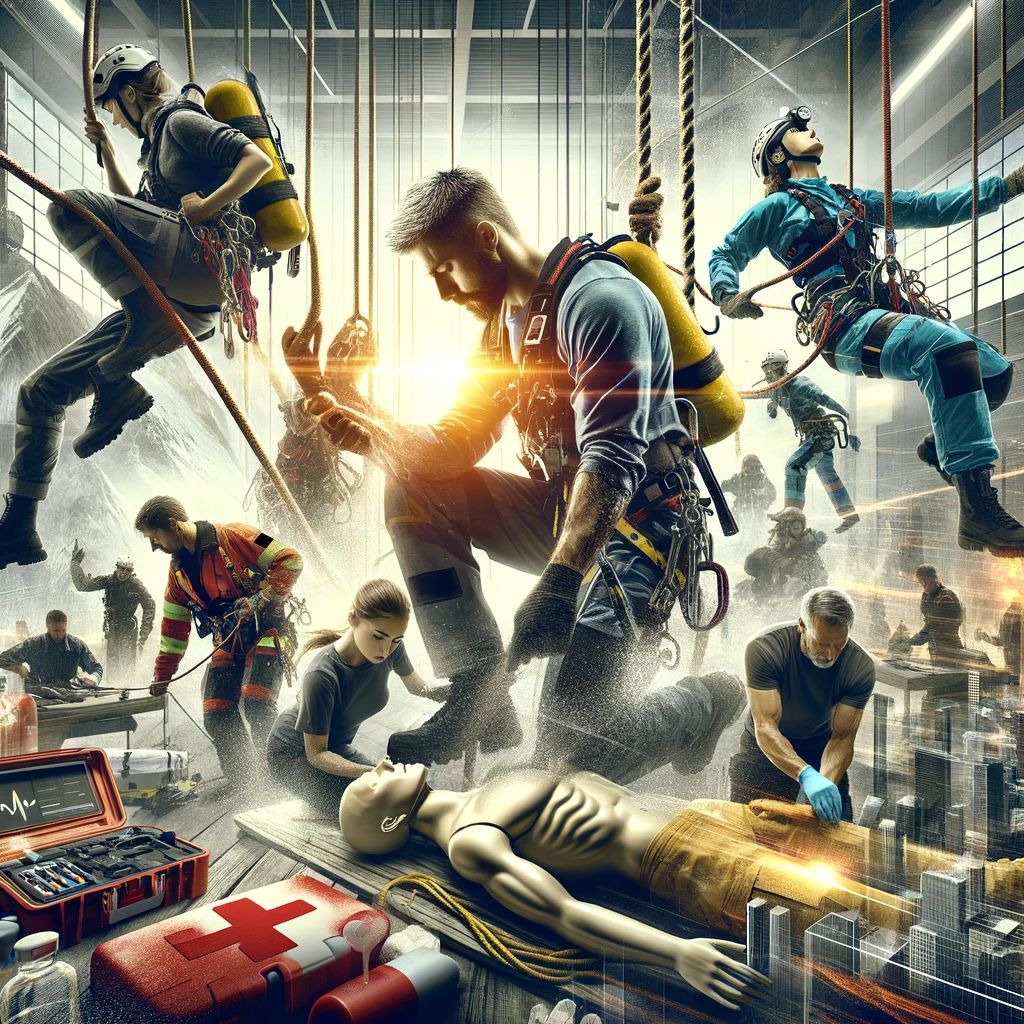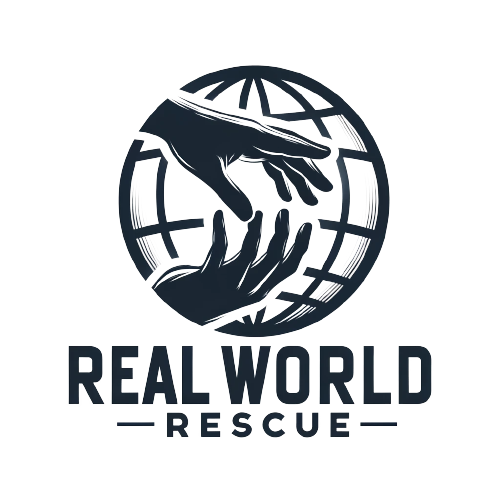Rescue missions, particularly those of high stakes, require more than just courage and determination. They demand a level of skill and preparedness that can only be achieved through rigorous and specialized training. This article takes you behind the scenes, exploring the intense and often grueling training that rescue teams undergo to prepare for every eventuality.

The World of High-Stakes Rescue Missions
High-stakes rescue operations, ranging from natural disaster responses to urban search and rescue missions, are complex and dangerous. Understanding the nature of these operations helps in appreciating the level of training required.
Foundational Training
The journey begins with foundational training, which covers basic skills such as first aid, emergency response, and physical conditioning. This foundation is crucial as it prepares recruits for the more advanced and specialized training that follows.
Specialized Skill Development
- Urban Search and Rescue (USAR): This section explores the specialized training required for urban rescue missions, including navigating collapsed structures and confined spaces.
- Wilderness and Remote Area Rescue: Here, we delve into the training for wilderness rescues, focusing on survival skills, terrain navigation, and environmental adaptation.
- Water Rescue: Training for water-based rescues, such as flood response and swift water rescue, requires a unique set of skills, including swimming proficiency, boat handling, and underwater rescue techniques.
Advanced Tactical Training
In addition to specialized skills, rescue teams also undergo advanced tactical training. This includes scenario-based drills, where teams practice coordinating and executing rescue missions in simulated high-stress environments.
Physical and Mental Resilience
Physical endurance and mental toughness are key components of rescue training. Programs often include rigorous physical training and exercises designed to build mental resilience and decision-making skills under pressure.
Teamwork and Coordination
Effective teamwork is the backbone of any successful rescue operation. Training emphasizes the development of communication skills, trust, and the ability to work seamlessly as a cohesive unit.
Technology and Equipment Training
Familiarity with the latest rescue technologies and equipment is essential. Teams are trained in using advanced gear like thermal imaging cameras, drones, and specialized rescue tools.
Continuous Learning and Simulation Exercises
Rescue training is an ongoing process. Regular drills and simulation exercises help teams stay sharp and prepared for any situation. These exercises often involve realistic scenarios that test both individual and team capabilities.
The Human Aspect
At the heart of rescue training is the understanding of the human aspect – empathy, compassion, and the drive to save lives. These traits are nurtured alongside physical and technical skills.
Conclusion: The Unsung Heroes
Behind every successful rescue mission is a team of highly trained individuals who have dedicated themselves to serving others. This glimpse into their world of training gives us a newfound appreciation for the unsung heroes of the rescue world.
